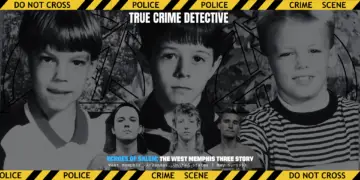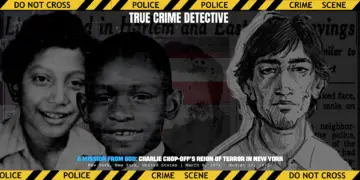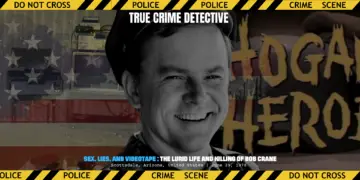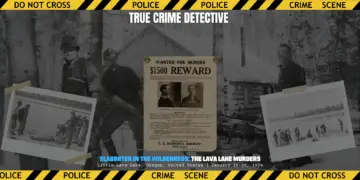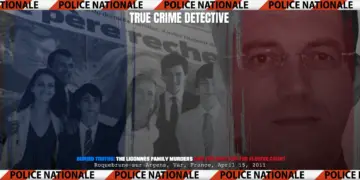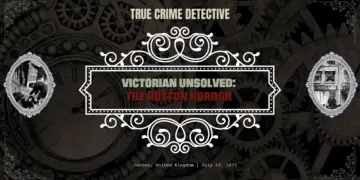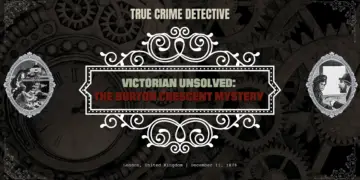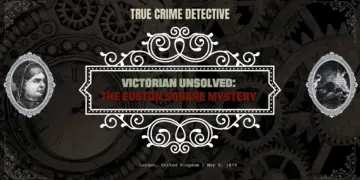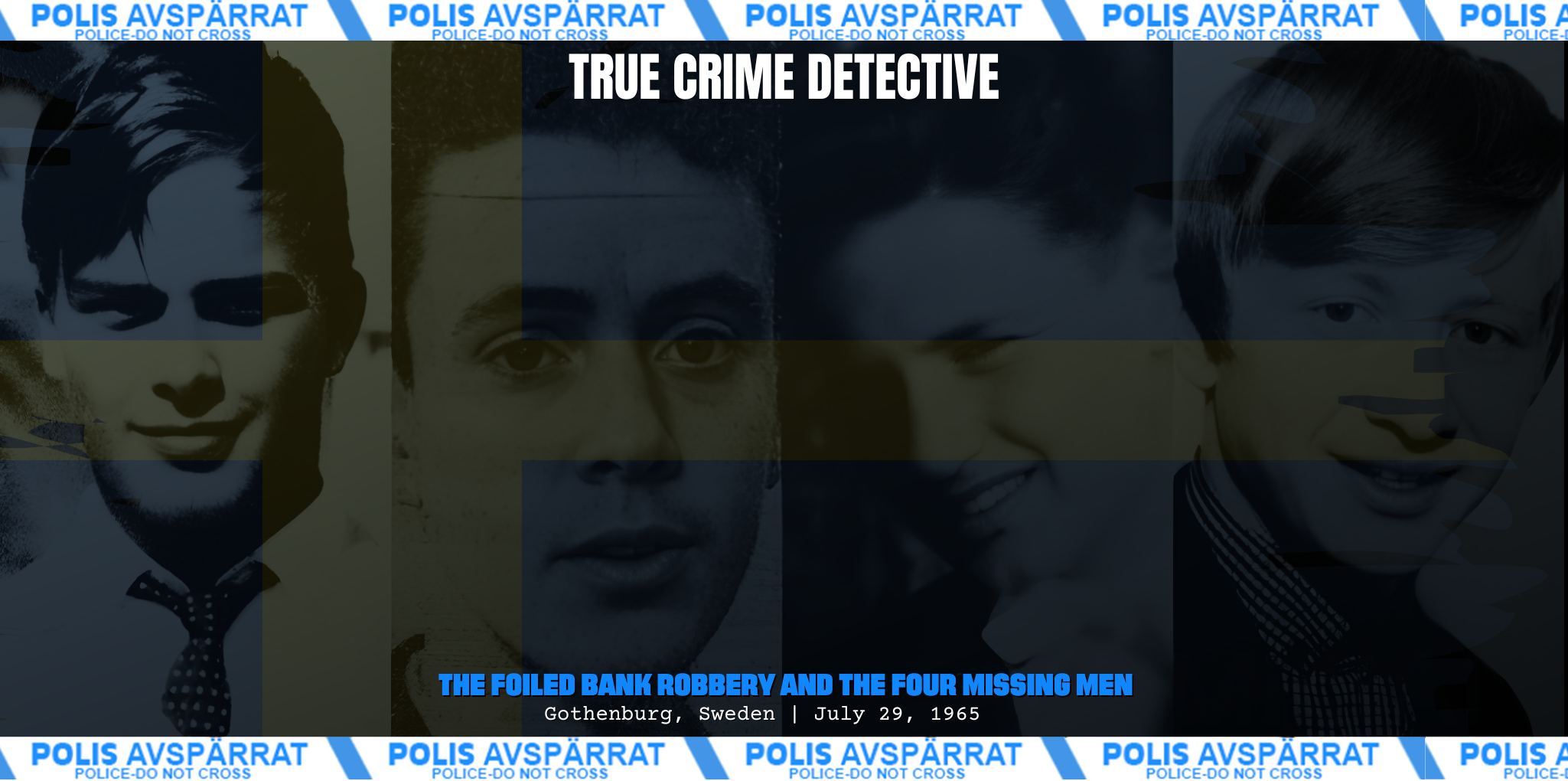
The Foiled Bank Robbery and the Four Missing Men
July 29, 1965, started as seemingly another day in Gothenburg. It was the height of summer, Alma Cogan’s rendition of The Birds and the Bees was number one in the charts, and the sixties were in full swing. Check-jackets and coloured shirts were all the rage, and while the summer of love would be two years away, the atmosphere should have been joyous as Swedes soaked up the summer sun. However, this would be a day like no other in Sweden’s central port city, and instead of sun, the rain was pouring down. The day would end with an audacious bank robbery foiled and four men missing to this very day.
It is something of a stereotype that Scandanavia is inherently sleepy. While the popular Scandinavian noir genre of detective fiction has done something to correct this perception in the modern era, there is an element of truth in the original beliefs, certainly in a historical context. Crime was something that once was somewhat uncommon, with the most recent statistics still placing Sweden far down the list of criminal hotspots. These facts alone make July 29 an anomaly for Gothenburg.
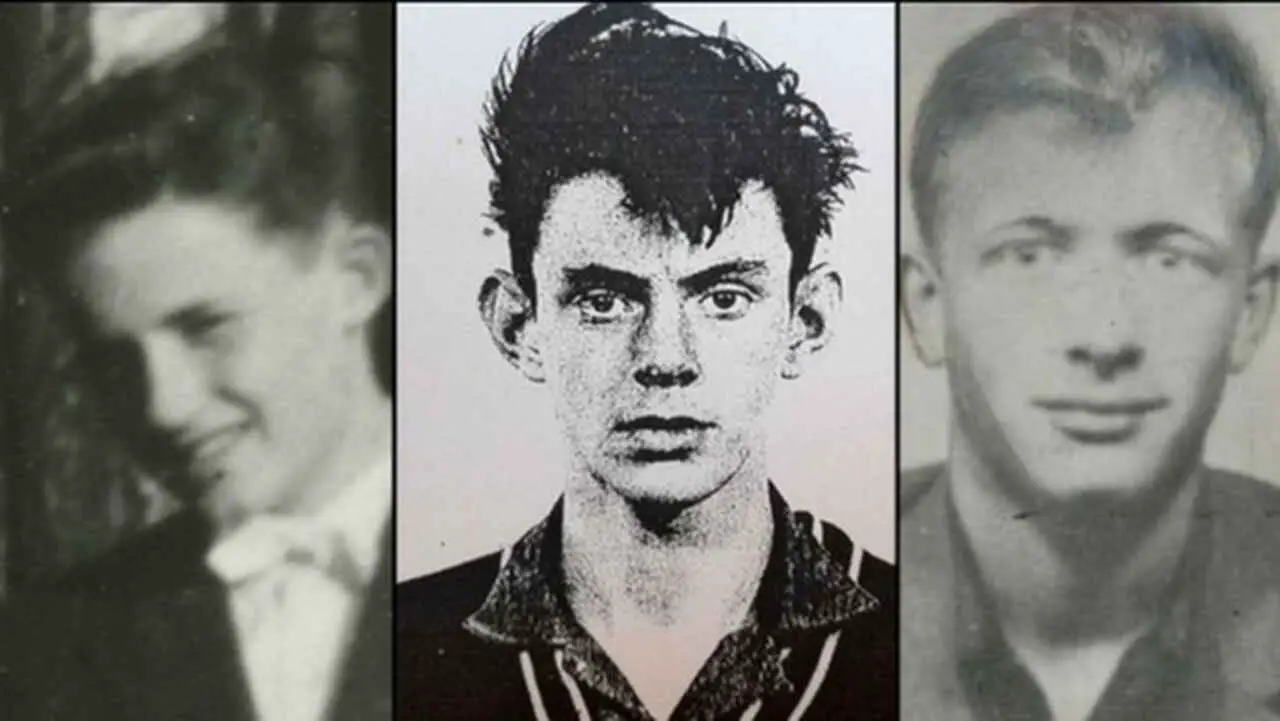
Jan Olof Dahlsjö, Gay Karlsson and Kjell-Åke Johansson were all good friends. Karlsson was the eldest at 22, with Dahlsjö being 21 and Johansson just 16. They had been noted for involvement in petty crimes, but nothing too severe and with perhaps the exception of Karlsson, they were seemingly settled into hard-working positions. All the men maintained relationships and Johansson was a new father. On the day of their vanishing, pay packets were waiting. Nobody saw them as potential criminals nor potential victims of Sweden’s only unsolved mass disappearance.
It was believed the trio were planning on a trip around the village of Åsa, south of Gothenburg, yet whether this was their intention on this particular rainy summer’s day in unknown. They were last seen together around 3pm at Café Mården on Landsvägsgatan 24, just at the corner with Frigångsgatan. Following their break, they got into Dahlsjö’s brother’s blue Volvo PV444 and drove off, never to be seen again. It has always seemed somewhat peculiar that the men would decide almost on a whim to go through with their plans with money waiting for them and the weather particularly grim. Because none of them seemingly informed anyone else of where they were headed, nor what their goals were, nobody initially realised they were together as one by one the men were reported missing. It would be nine months before police conclusively linked their vanishing.
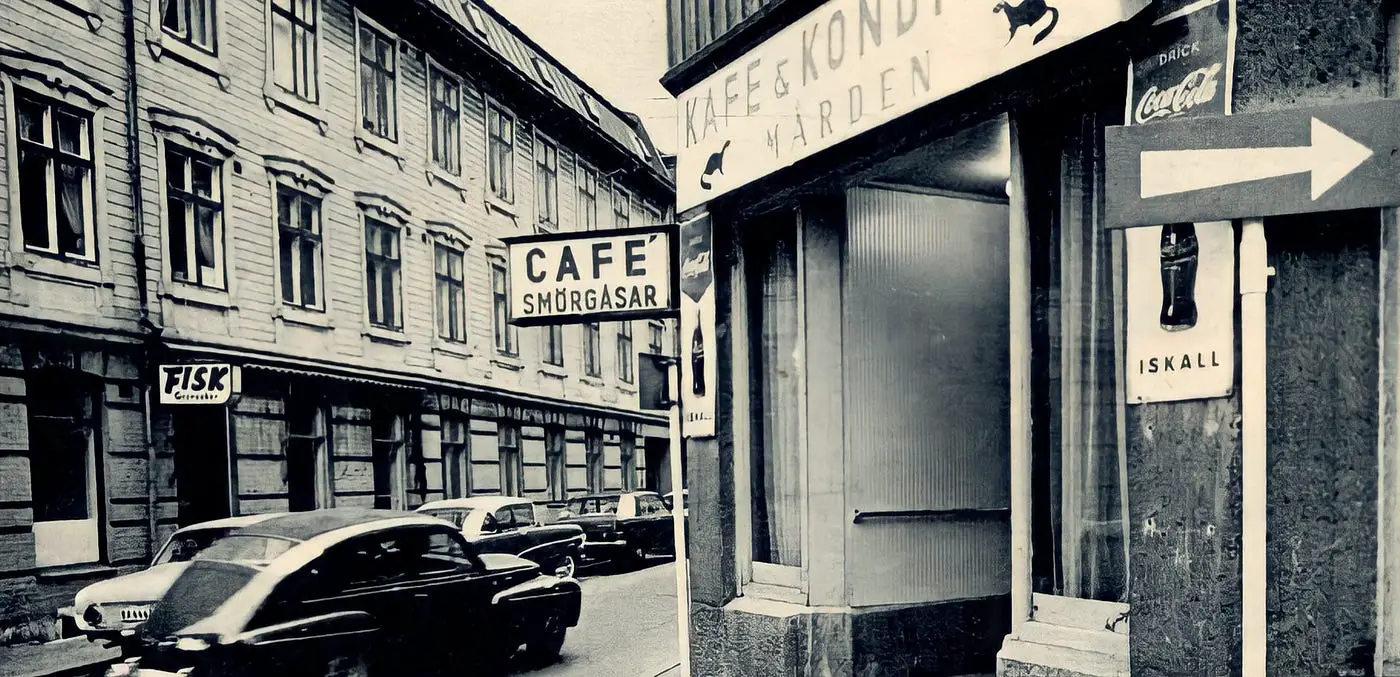
Jan Olof Dahlsjö lived with his mother and two younger brothers, he was smartly attired when he went missing, wearing a brown suit, light blue socks and black shoes. He took only a pair of extra light trousers for wherever he was headed, leaving behind his passport and other documents. On the previous day, July 28, he worked all day at Underhållstjänst but didn’t return home to his mother that evening, giving no direct word as to why this might be. Where he stayed before the final sighting at Café Mården on the 29th in unknown. He had told his mother that he might head to Åsa to camp and swim. Dahlsjö was best friends with Gay Karlsson, and was considered to be the calm and level headed one of the group, though he had a minor criminal past.
Karlsson was the eldest of the trio and the one most prone to minor criminality, being described as somewhat gullible. He was said to associate in “heavy drinking” circles and frequently have a loose tongue. Around two months before the friends’ disappearance on June 9, 1965, he had collided with a car while drunk and driving without a license. Throughout July, Karlsson had engaged in a holiday to Värmland. During this time, Karlsson and other friends were involved in a string of burglaries along the way, being arrested just weeks before his vanishing. He was engaged to be married at the time to a woman by the name of Yvonne and was currently unemployed, looking for temporary work. When he vanished, he was described as wearing blue jeans and either a leather jacket or trench coat. Witnesses described a curious incident that morning when a truck driver had stopped next to a smoking spot outside the employment centre and asked particularly for Karlsson. The man wanted him for a job and a happy Karlsson entered the cab before the two drove off.
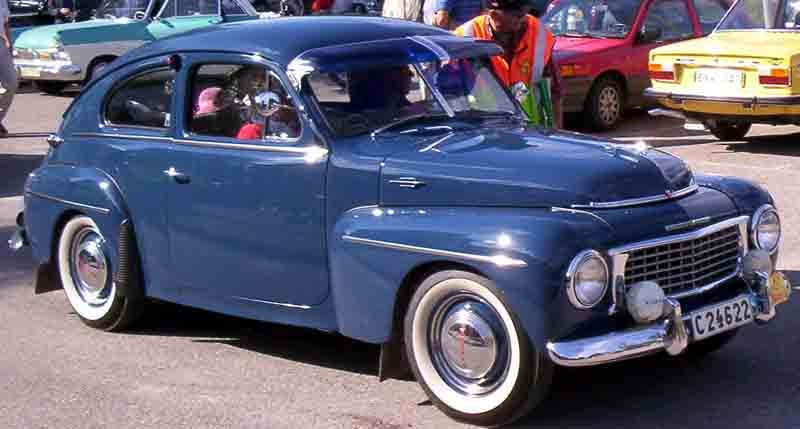
Kjell-Åke Johansson meanwhile lived with his parents and two younger siblings. Until a short time before the disappearance, he had lived with his brother in a separate apartment. A quarrel between the brothers forced the younger Johansson out and back to his parents home. Perhaps this was linked to the fact he had been arrested twice already. On one occasion he is said to have come home covered in bruises and claimed that he had been severly beaten by the police. He worked as a classification worker alongside his father for the company NORAB, and had stated his intention to move in with his girlfriend who’d recently given birth to his son. This never happened. He was last seen wearing a grey glen-check jacket, black-and-red checkered shirt, grey trousers, light blue socks and black shoes and had taken his keys but not his passport. On the day of his disappearance, he didn’t go to work despite telling his mother this was his intention. This fact raises suspicions as to why he wouldn’t tell his mother if he was merely planning a trip to his friends to go camping or swimming.
While the case would be unusual, there might well be explanations suggestible. The police searched extensively throughout Gothenburg’s many waterways, believing the men may have had an accident. None of them had a driving license and, with the roads sick with rain and Karlsson having a conviction for drink driving, the car ending up in a river was a real possibility. However, nothing was ever found by police, and the men’s sudden departure was far from the only indication that the vanishing was far more involved than a simple accident.
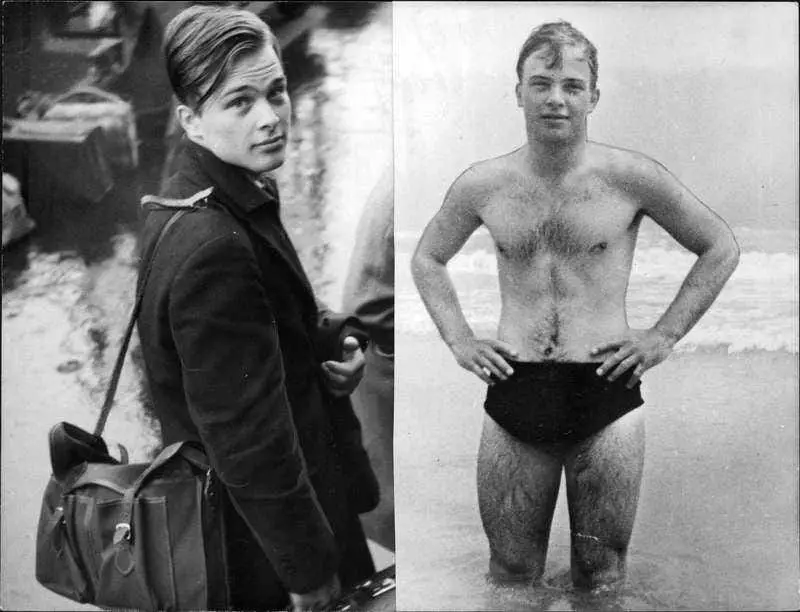
On the same day that the three dockworkers disappeared, an 18-year-old art student by the name of Hübner “Hymme” Lundqvist was in the city, having probably hitch-hiked in. He had spent the summer at his parents summer home in Torekov and became bored, deciding to travel to an artist collective at Lysekil, the road to which took him through Gothenburg. He arrived on the morning of July 29 and sent a postcard to his family saying: “All is well, don’t worry”. Lundqvist was said to suffer from mental illness and treated himself with a combination of valium, psychotropic drugs and alcohol. By the end of the day, he too would have vanished into thin air. Speculation around the case has always been that Lundqvist had thumbed a lift with the trio and whatever tragedy had befallen them happened together, but this is by no means confirmed or universally believed. While he was known to hitch-hike, he was the son of a professor, artistic, and had little in common with the three other men who vanished.
“They have a nine-year-old car that is not in very good condition. They go on a kind of holiday. They drive south along the west coast and there are many opportunities to drive in the water. If I am to rank what has happened, it will be like this: An accident where they and the car end up in the lake on the west coast somewhere. The second possibility is that the driver got a whim and came up with something that made the others follow his lead.”
Leif GW Persson, Dagbladet
Meanwhile, in the centre of the city, an audacious robbery was underway in broad daylight. It was at 2pm that two men burst into a branch of the Scandinavian Bank and began to fire pistols into the ceiling, causing horrified panic amongst staff and customers. One of the robbers was dressed as a woman, wearing a wig and fake breasts. This was clearly a well-planned heist. Yet, the would-be bank robbers hadn’t considered that one brave customer, a former wrestler, would tackle them head-on, guns or not. The man was shot in the leg, but the shooter was inadvertently hit himself. Accounts differ whether the bullet passed through the thigh of the wrestler or it was a ricochet from a stray. Either way, now wounded, the intervention was instrumental in the eventual capture of the mastermind behind the entire robbery.
“He came from behind and took a real neck swing on the robber. Then the robber shoots him in the leg. And as I remember it, he gets a ricochet in his own leg. Then I think he shot himself when he also fled.”
Ralph Spetz, former bank worker, Expressen
The men were forced to make off, having stolen around 18,000 kronor. The value of the robbery would be around £25,000/$33,500 in today’s money and while an impressive haul, likely far less than they anticipated.
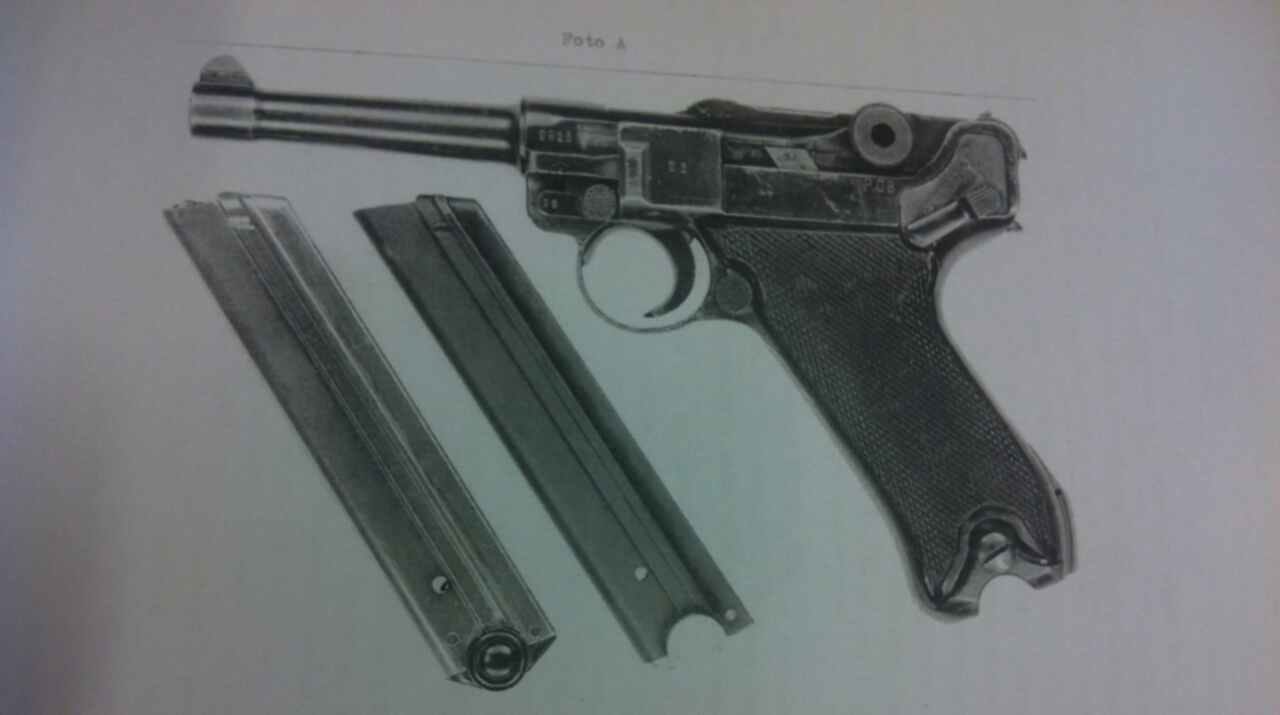
The bank robbers quickly attempted to make their escape. Led by a soldier who had recently returned from military service with the UN, staff and other citizens from the bank gave chase. In scenes straight out of a heist movie, the men made their way to the river bank and stripped off their clothes, revealing scuba gear underneath. They had already secreted oxygen tanks and weight belts in shrubbery and lept into the water as an angry mob began to hurl rocks at them. The crew struck back with gunfire. This, however, was “plan b” for the robbers, with their initial plan being to immediately make-off in a speedboat.
“Plan A was that our buddy would wait with a motorboat in the river just outside the bank and drive away with us. But he ran away when he heard the shots in the bank. I had the wrong companions. Otherwise, we would never have gotten stuck.”
Unnamed former bank robber, Expressen
The “woman” with the loot managed to make his way to the boat further up the river, yet the man who had been shot was unable make it and instead hid under the water for hours, leading police to think he had escaped. However, a later search with sniffer dogs revealed his location, and he was promptly arrested. Soon after, the boatman was arrested in Kungälv, being initially released before finally picked up three days later outside his apartment in Otterhällan. He was from a well-respected family who ran several restaurants in Gothenburg. The “woman” was arrested in Landala and found to have most of the loot.
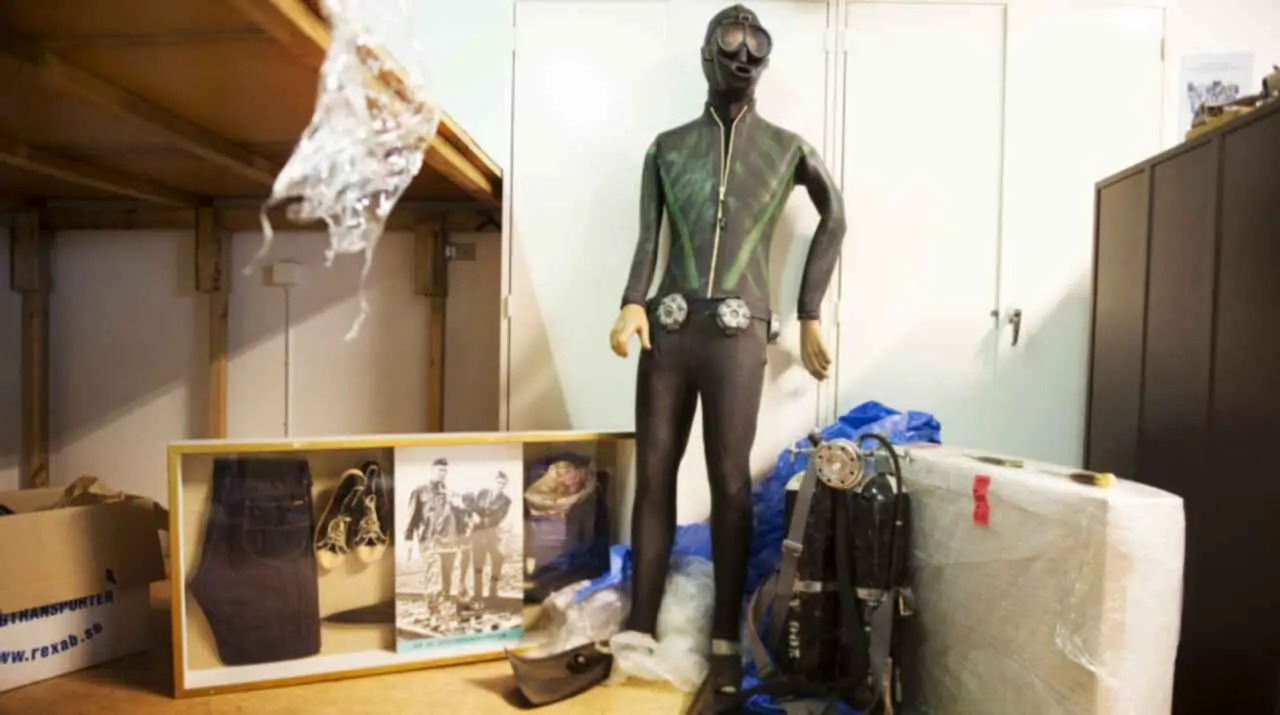
The operation had been planned in meticulous detail some months prior from the Costa Brava in Spain, and all three members of the crew had practised scuba diving and the control of the speedboat. They had all come to Sweden from Hungary in the 1950s. Following the arrest of the men, there were claims that the robbery had been designed to finance a much bigger operation where petrol tankers would be utilised to pour gasoline into the harbour canal in Gothenburg. The petrol would be set alight, causing a massive conflagration. In the chaos, the robbers would have stormed the vault at Riksbank, the central bank of Sweden. The value of such a robbery would be incalculable, and it was said this robbery would have involved many more people. The brains of the operation, the man who was shot, had been active in at least five other countries, then holding an American passport and likely had many links internationally. However, these claims were denied by the robbers.
After their trial, the brains was sentenced to six years in prison, the boatman was sentenced to three and a half years and “the woman” was detained at Lillhagen Psychiatric Hospital for mental health reasons. Fans of Grand Theft Auto V might well see the shadow of Trevor Philips in the man, his completely unnecessary fake breasts and the audacious three man robbery all having the air of being lost scenes from the game. It is this fantastical and even comical nature of events that has led to the robbery becoming something of a criminal cultural classic.
In the years since, the boatman left the country and “the woman” remained in Gothenburg. The brains of the operation, meanwhile, became a reformed character and apparently forged a career in politics. No, really.
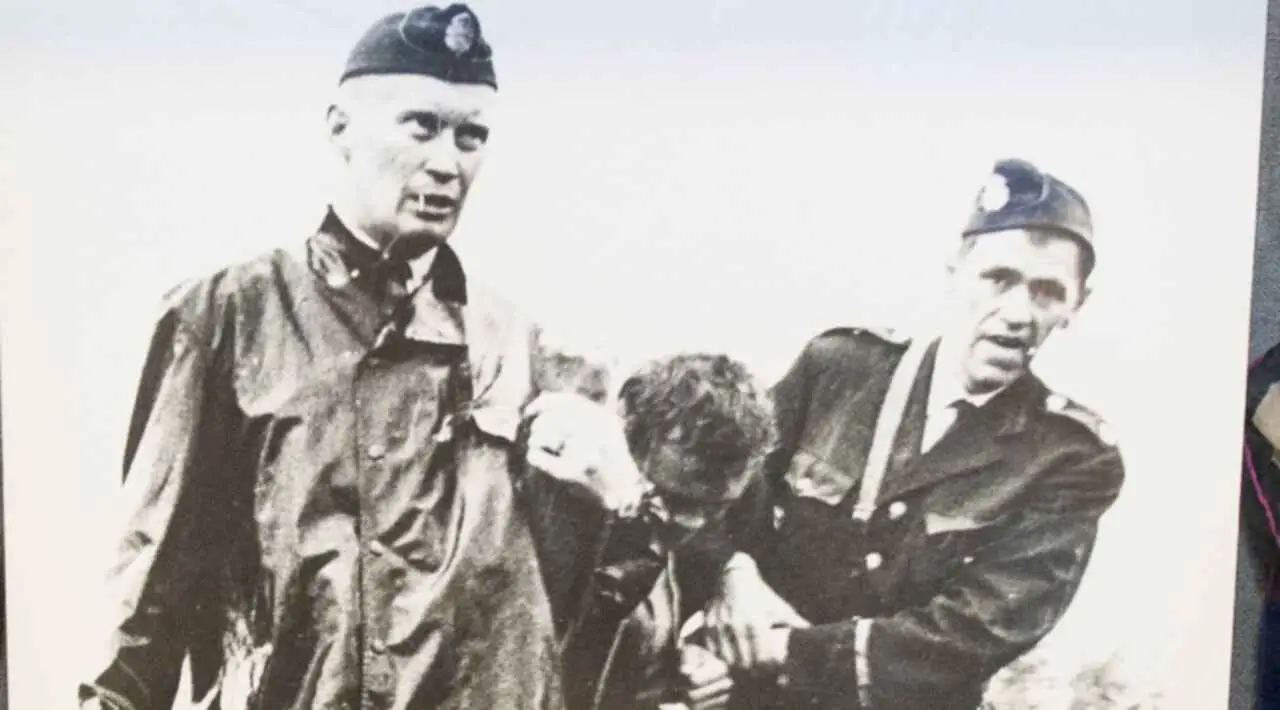
What any of this has to do with the missing men is mere speculation, with it often seeming that there is no link at all. The police deny there was any connection, yet that hasn’t stopped gossip over the years. These rumours have always said that the two events were linked, with the men perhaps having had an undisclosed role to play in circumstances that were never revealed. In most other places, the events would never have been linked, but two incidents of such magnitude transpiring on the same day in the Gothenburg of 1965 was certainly notable. Had they been getaway drivers perhaps? Fleeing when things got hot? Or part of a larger crew planning something even more daring? Or even victims of the gang? While they were indeed willing to fire when assaulted, the shots were over the heads of pursuers and into the leg of the man in the bank. Killing four men would be an escalation and seems at odds with how the bank robbery was carried out.
“My experience is that [robbers] use those they know from before. The more of them, the greater the risk of being caught. The police should have discovered [a link] during the investigation. I do not think it seems real.”
Sven Albin, retired police investigator, Swedish Radio
Indeed, there is significant evidence that at least some of the missing four weren’t dead. Sometime after the disappearance of the men, the sister of Gay Karlsson went to his apartment to check if he might have returned home and perhaps ensure all was well there. When she arrived, there was a man present that was dressed in a sweater she had knitted for her brother. The stranger was stressed and told her that her brother was at a local bar. When she checked, there was nobody there and back at the apartment, the mystery man had vanished. Later in 1965, the apartment was thoroughly cleaned out by persons unknown.
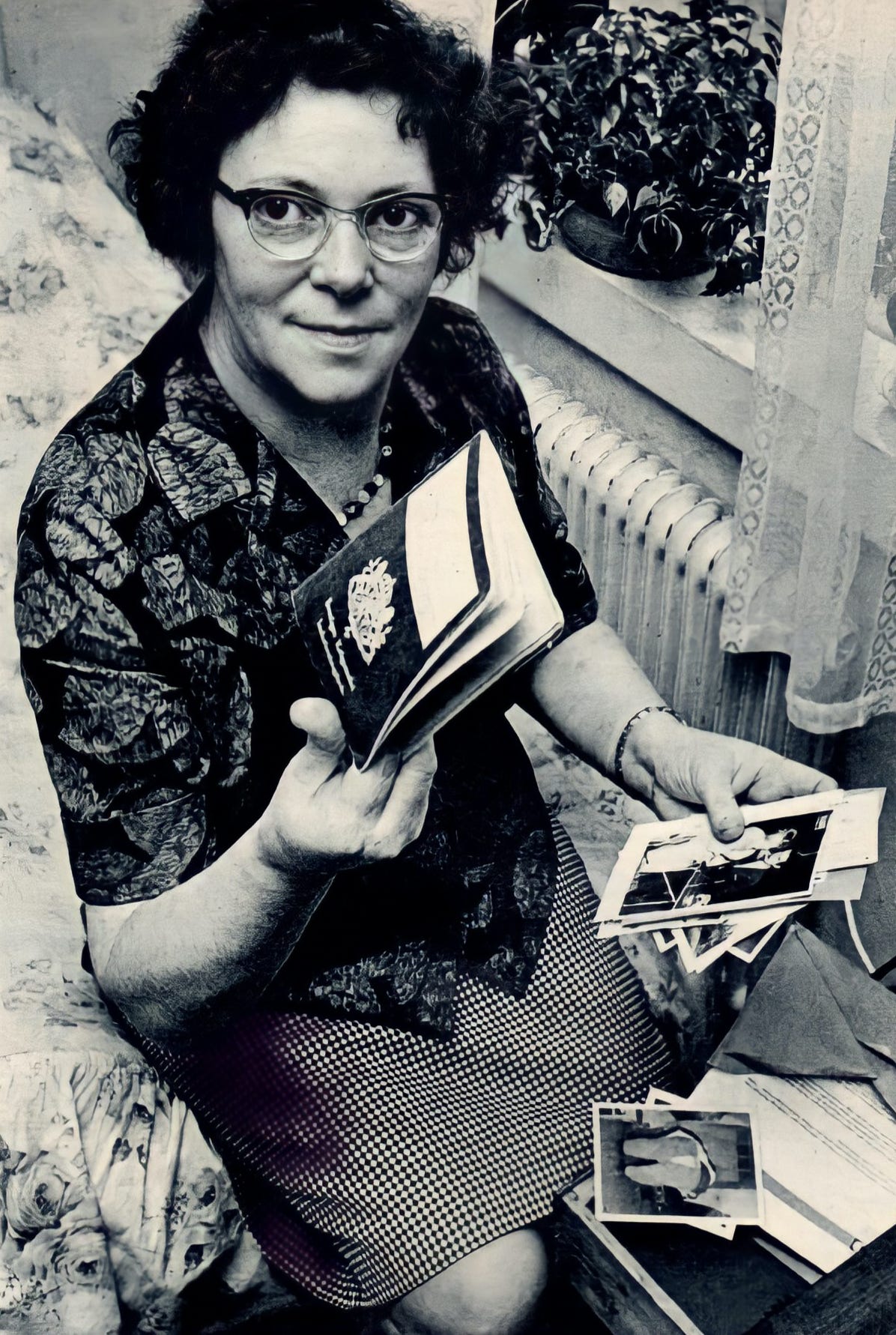
In 2009, new high-quality images of the missing men were produced, and Guy’s sister was convinced that the man in her brother’s apartment had been Kjell Åke Johansson, Guy’s lost friend. It wouldn’t be the only sighting of Johansson over the years, with a female friend seeing him in Gothenburg in 1966, the year after the disappearances. He quickly turned around and walked away when he spotted the young woman. He would be seen again in 1972, another female friend claiming she even talked to him in the city of Linköping. As late as both 2011 and 2012, Johansson was seen in two different locations, including once by his own sister. Interestingly, there are hardly any sightings of Jan Olof Dahlsjö or Gay Karlsson, with only a single report from 1966 suggesting that Dahlsjö might be in Holland and scattered later reports of sightings in Rotterdam. One unconfirmed report from November of 1965, however, placed both Dahlsjö and Johansson together in Gothenburg. There was seemingly nothing at all on the possibility that Karlsson might be alive, yet rumours at the time suggested he’d been killed and buried in concrete. However, this was not said to have been a crime commited by his friends, rather that they had all ran from some unstated threat, Karlsson unable to get away in time.
While crime rates were still low, as previously mentioned, the 1960s were a time of great social change in Sweden. In 1954, the Nordic countries had made a pact which opened the borders between their nations, creating free movement. Passport control was further reduced in 1958. A wave of immigration brought new prosperity and opportunities, yet also discrimination and low paid immigrant workers being housed in slum conditions. The atmosphere was ripe for both exploitation and the advancement of organised crime, particularly amongst Finnish communities. Many of the Finn’s gangs were noted for their brutality, being involved in a growing drugs scene and traditional gangster fare such as prostitution and racketeering. It has been speculated that if a criminal fate had befallen the trio, these gangs may have been involved. One theory states that the trio were planning another string of burglaries like those already committed by Gay Karlsson, the trio perhaps ending up at an occupied property, a confrontation ending in violence or the trio witnessing something they shouldn’t. Others speculate they intended to blow the safe of dangerous individuals linked to organised crime, the gangsters intercepting the plan. Others even suggesting that this safe was, in fact, part of the same “bigger plan” that the bank robbery was funding. Again, this would be conjecture with little evidence.
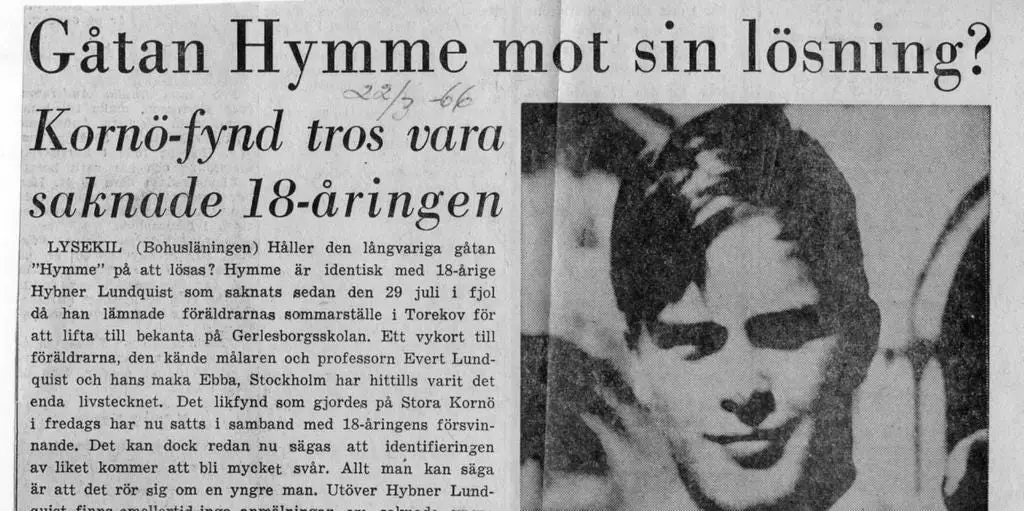
Hübner Lundqvist meanwhile has had perhaps more sightings than Johansson and its worth remembering that there’s no evidence that the theory of thumbing a lift with the men is correct. Indeed, police do not believe the cases are linked and Lundqvist’s parents always thought he’d gone to sea. Two Swedish sailors reported they had spoken with a man matching his general appearance in the 1960s, one in Adelaide, Australia in 1966, the other in Singapore in 1968. There were other sightings of him in France and Egypt.
The obvious answer to the case is that the three men decided impulsively to go on a trip and picked up Hübner Lundqvist along the way. With no license and slick roads, they ended up in the water and died in their car, the bank robbery being a mere coincidence. However, that fails to explain why they didn’t take their money. Nor why there was never any report the men were equipped for such a trip. All with relationships and Johansson having recently become a father, is it likely they would tell nobody where they were headed? Searches have never recovered a single trace of the car, even though a considerable time has passed. Plus, alleged sightings of the men, in particular Johansson, leads many to speculate that the theory the men all died may not be quite as strong as it would first appear. Yet, it is far harder to simply disappear than many think, and there is seemingly no confirmed motive to do so. With all the answers both plausible and equally having much to stand against them, the mystery of the missing men from Gothenburg has confused and intrigued for 55 years. It looks set to do so for many more years to come.
